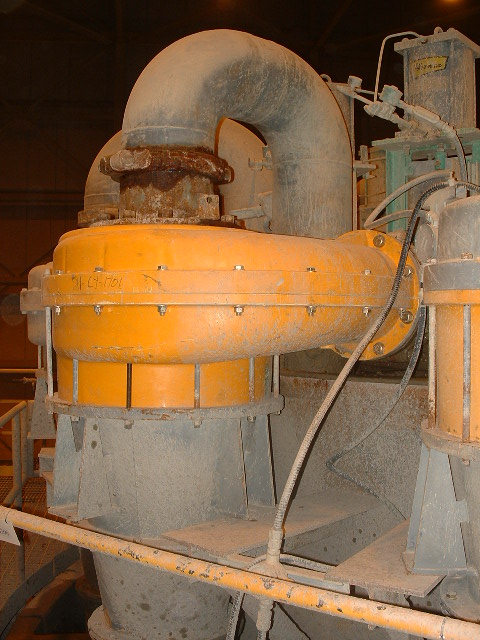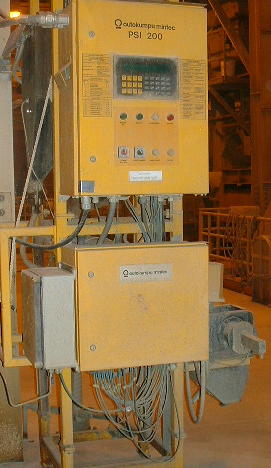|
Hydrocyclones and Neural
Networks
Biological computing aids mining industry with real time estimate of
particle size distribution
The physics
are not clear, but the computer does not care.
|

